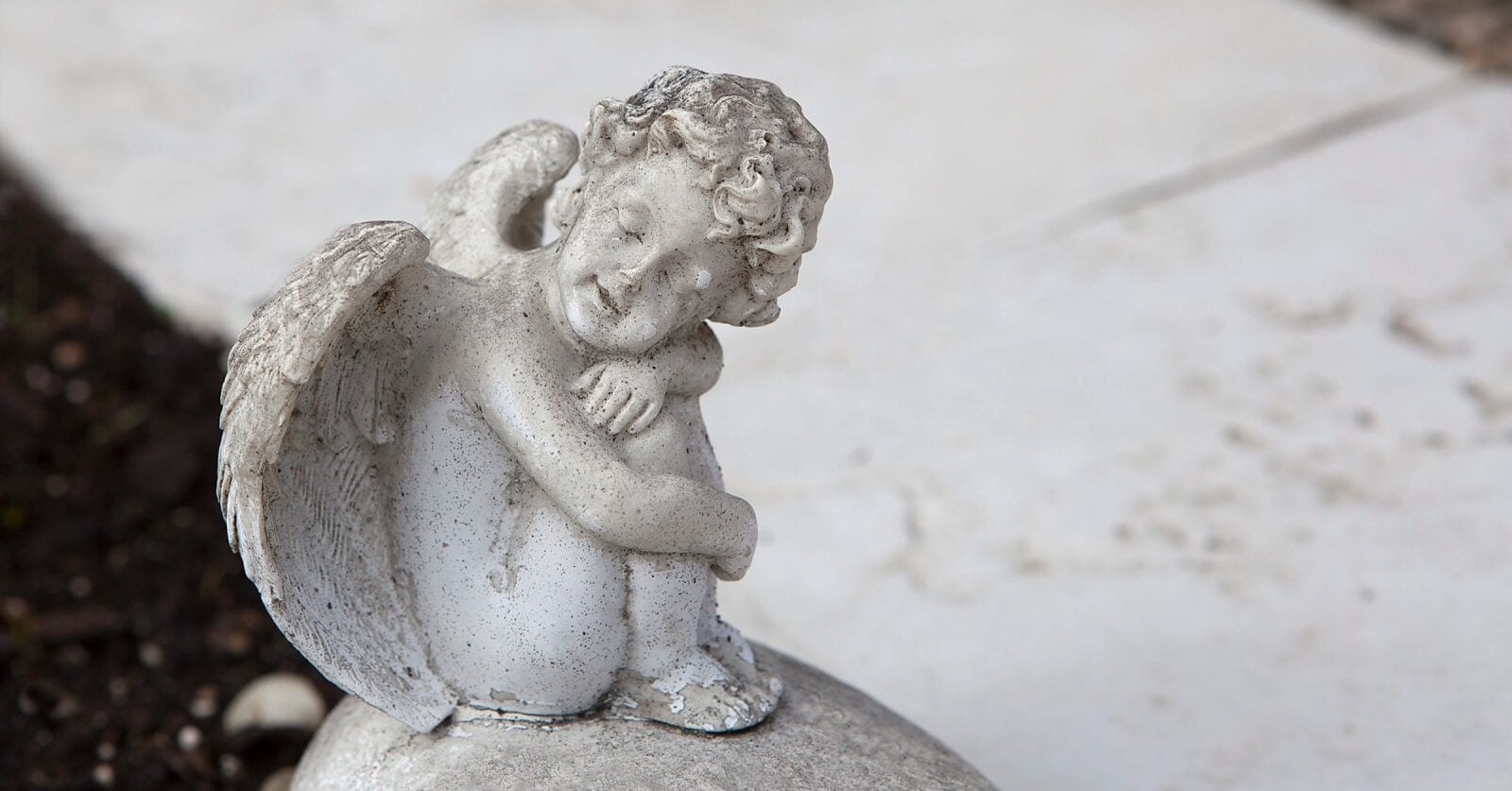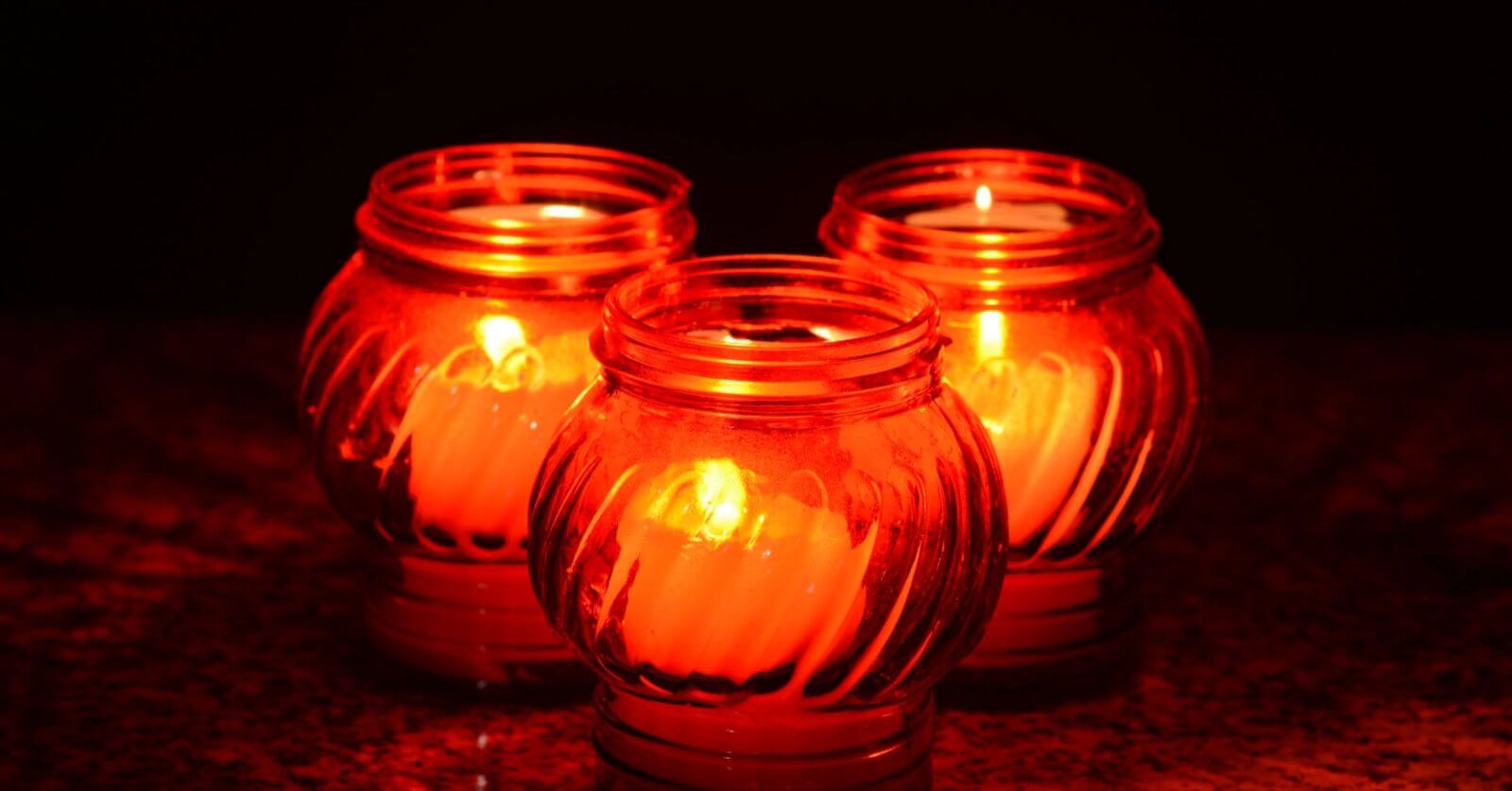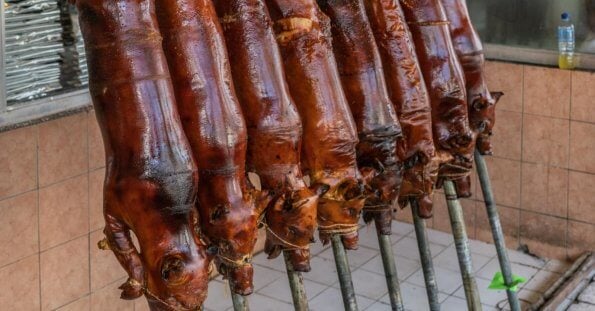- All Saints’ Day in the Philippines: Honoring Loved Ones with Tradition and Family
- The Essence of All Saints’ Day: Remembering and Revering
- The Traditional Filipino Undas: A Day at the Cemetery
- Prayers and Vigils: Seeking Peace and Intercession
- All Saints’ Day Reunions: More Than Just a Tradition
- Foods and Offerings: A Filipino Feast for the Departed
- Undas and Filipino Culture: A Celebration of Life, Family, and Faith
- Unique practices for Undas (All Saints’ Day) in various regions across the Philippines, showcasing how each area adds its own local flavor to this deeply revered holiday:
- Final Thoughts on All Saints’ Day in the Philippines
All Saints’ Day in the Philippines: Honoring Loved Ones with Tradition and Family
All Saints’ Day, celebrated on November 1st, holds a deep and sacred significance for Filipinos. Known as Araw ng mga Santo or Undas, this holiday is more than just a religious observance. It’s a time when family and faith unite to honor loved ones who have passed away. Blending Catholic practices with uniquely Filipino customs, this day is cherished by millions across the nation.
The Essence of All Saints’ Day: Remembering and Revering
The holiday’s origins are rooted in the Catholic observance of honoring saints and the faithful departed. Filipinos, being deeply spiritual, have embraced this practice and added personal traditions, transforming it into something uniquely Filipino. All Saints’ Day is a time to honor the lives of all departed loved ones with gratitude and respect.
The Traditional Filipino Undas: A Day at the Cemetery
For Filipinos, Undas often involves visiting the cemetery to clean and decorate the graves of family members. Bright, colorful flowers and lit candles symbolize light and prayers at the resting places of the deceased. It’s not a sad event—family members bring food and treats, creating a gathering that feels like a small reunion by the graveside. This practice strengthens the bond between the living and the deceased, allowing families to celebrate their connections through generations.

Prayers and Vigils: Seeking Peace and Intercession
In many Filipino households, All Saints’ Day includes prayer rituals and vigils dedicated to departed family members. Families pray together, asking for peace and eternal rest for the souls of the departed and often seeking intercession from saints. Novena prayers, rosaries, and other Catholic devotions are commonly practiced during this time, showing the intertwining of the Catholic faith with the local culture. These moments of prayer are often solemn, yet they bring comfort and spiritual connection to many Filipino families.
All Saints’ Day Reunions: More Than Just a Tradition
For many families, Undas is a time of reunion. Relatives who may not see each other often come together, turning this holiday into a time for reconnection and togetherness. Stories are shared, laughter is heard, and memories are relived. It’s a way to pass down family history to the younger generation, keeping the memory of ancestors alive. This deep sense of family is a defining element of Filipino culture, and All Saints’ Day serves as a reminder of the importance of family bonds.
Foods and Offerings: A Filipino Feast for the Departed
Filipino families bring food not only to share with each other but as offerings for the souls of the departed. Dishes such as kakanin (rice cakes), suman (sticky rice wrapped in leaves), and pancit (noodles) are commonly prepared and shared among family members at the cemetery or home. This gesture is rooted in the belief that food offerings honor the dead, showing that they are remembered and respected. It also gives families a chance to enjoy meals together, further enriching the day’s sense of unity.
Undas and Filipino Culture: A Celebration of Life, Family, and Faith
In the Philippines, All Saints’ Day is more than just a holiday; it’s an affirmation of Filipino values. It blends tradition, family, faith, and remembrance in a way that strengthens community ties and keeps memories of loved ones alive. By visiting the graves of ancestors, praying together, and sharing food, Filipinos celebrate life, even as they remember those who have passed. This day reminds us that family transcends time, distance, and even death itself—a sentiment that lies at the very heart of Filipino culture.
Unique practices for Undas (All Saints’ Day) in various regions across the Philippines, showcasing how each area adds its own local flavor to this deeply revered holiday:
| Region | Unique Undas Practices |
|---|---|
| Metro Manila | Families often decorate graves with grand floral arrangements and bring portable tables for large feasts. |
| Ilocos Region | People perform the atang ritual, offering native delicacies, fruits, and cigarettes to appease spirits. |
| Cordillera (Benguet) | Panagdedenet (family gathering) where families spend the night at cemeteries, telling stories and sharing food. |
| Pampanga | Lúmang Pantas tradition, where villagers host a pre-Undas vigil in homes, offering prayers and rosaries. |
| Bicol Region | Pagtatawid ritual, which includes preparing meals at home and symbolically offering food to ancestors. |
| Eastern Visayas (Leyte) | Known for pagdadayaw (honoring) and “sharing with spirits,” where families leave a portion of each meal as an offering. |
| Cebu | Many Cebuanos stay at the cemetery overnight, holding Masses and singing hymns by gravesides. |
| Negros Occidental | Locals practice pang-alay (offering), where they create miniature altars on graves with candles and food. |
| Zamboanga Peninsula | Observes Flores para los Muertos (Flowers for the Dead) where vibrant paper flowers adorn graves. |
| Iloilo | Palihi rituals are performed, where families “feed” spirits to bring good luck and peace for the family. |
| Samar and Leyte | Pangalag-kalag or “soul-calling” ceremonies are held, where relatives call out names of the deceased. |
| Davao Region | Pagsa-ulog sa Kalag-kalag involves singing religious hymns as offerings to the souls of departed family members. |
| Bohol | Tigkalalag celebration, where locals hold plays and reenactments of saints’ lives as a form of tribute. |
| Mindoro | Pagduduwaw, where residents place offerings of fruits, flowers, and betel nut on graves to honor spirits. |
| Sulu and Tawi-Tawi | Islamic communities observe Hari Raya Para los Muertos with prayers for deceased loved ones. |
Each region’s practice reflects a blend of Catholic tradition and pre-Hispanic customs, demonstrating the diversity and depth of Filipino culture in honoring the dead.
Final Thoughts on All Saints’ Day in the Philippines
For Filipinos, All Saints’ Day is an occasion filled with warmth, reverence, and unity. It’s a time to gather, share memories, and celebrate the lives of those who came before us. Whether it’s through prayers, cemetery visits, or family feasts, the holiday brings together generations, living and departed, in a timeless tradition. As Filipino families continue to observe Undas year after year, they pass down stories and rituals that keep the spirit of their ancestors alive.
























